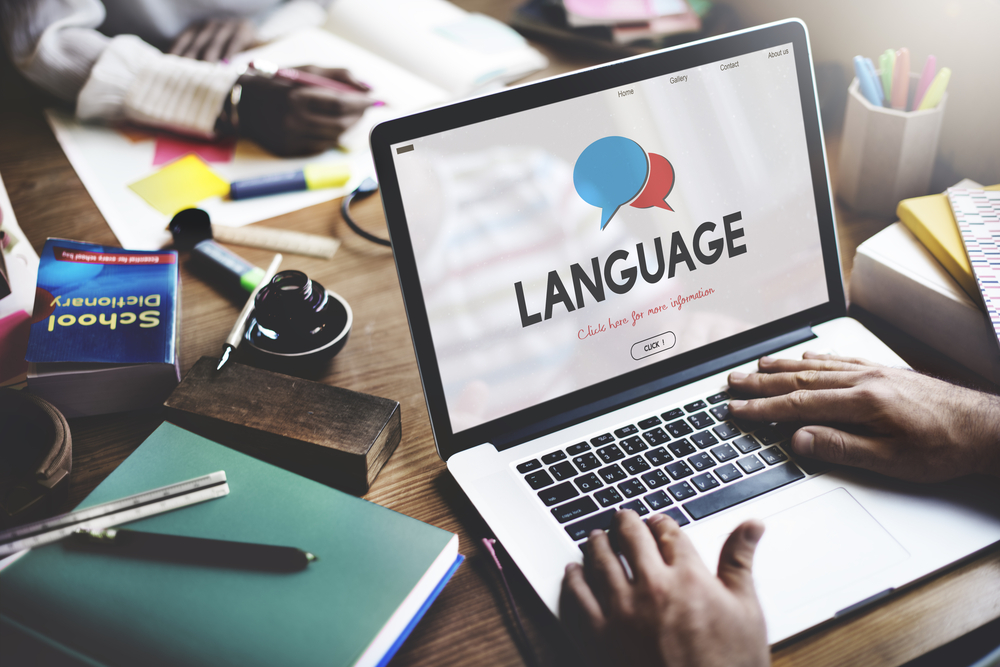In the ever-evolving landscape of language learning, it is evident that literacy continues to be a crucial foundation for language acquisition. Within this, Digital literacy is key as an essential skill for language learners. The ability to navigate online resources, critically evaluate information and communicate effectively on a digital platform is essential.
In a rapidly evolving landscape of technology and digital literacy, equipping students with the necessary computer skills is integral for their success.
This includes Coding and Programming, the understanding of the fundamentals and the learning of languages such as Python, JavaScript and Swift. Coding teaches logical thinking, problem-solving and creativity, all skills that are transferrable across numerous disciplines.
Multilingual Literacy
Language learning platforms and apps are increasingly incorporating digital literacy components into their curriculum, equipping learners with the necessary skills to thrive in a digital environment. In fact, institutions may focus on promoting bilingual or multilingual education, recognising the need for proficiency in multiple languages.
The popularity of online platforms and mobile apps for language learning continues to grow. Platforms such as Duolingo, Babbel, Rosetta Stone and others offer convenient and interactive ways for learners to acquire new languages.

Gamification and immersive experiences
Language learning apps are also incuriously incorporating gamification elements to make the process more engaging for young learners. Immersive languages such as virtual reality learning, are gaining traction, providing learners with real-life scenarios to practice in a controlled environment.
Artificial intelligence and personalisation
AI is also being used to tailor language learning experiences to individual learners. Apps such as ‘Speechling AI’ can provide personalised feedback on pronunciation and speaking skills and can provide a 24/7 language conversation partner without any time zone co-ordination.
By leveraging AI algorithms, and machine learning techniques, AI can provide real-time feedback on pronunciation, grammar, vocabulary and other language skills. It helps learners refine these skills and overcome specific challenges.
Language exchange platforms
Online platforms that facilitate language exchange between users from different language backgrounds have become popular as well as podcasts and audio learning. These platforms have provided learners an opportunity to multitask and platforms such as Spotify and Apple Podcasts offer a variety of language learning content.
TutorABC offers students assistance with Chinese and helps them reach a specific HSK level. The systematic teaching methods and detailed grading systems helps students achieve learning goals that are needed to pass these exams. English courses are also taught at this learning centre.
Multimodal learning approaches
Language learning is no longer confined to traditional textbooks and classroom instruction. In 2024, there is growing emphasis on multimodal learning approaches that integrate various media and formats. Learners are exposed to a rich tapestry of resources, including videos, podcasts, interactive websites and virtual reality experiences. These approaches enhance engagement, cater to different learning styles and provide authentic language input.
All of the above language learning platforms integrate features that facilitate peer to peer interaction, language exchange and virtual classrooms.
Microlearning
In today’s fast paced-learning environment, microlearning delivers short, concise content segments to enhance retention and adaptability. The Eduling Speak app integrates microlearning, offering bite-sized tasks for individual or collaborative learning.
Learning trends will continue to vary as the field of language learning is continuously evolving and new technologies and approaches will emerge that will shape the future of language learning.









